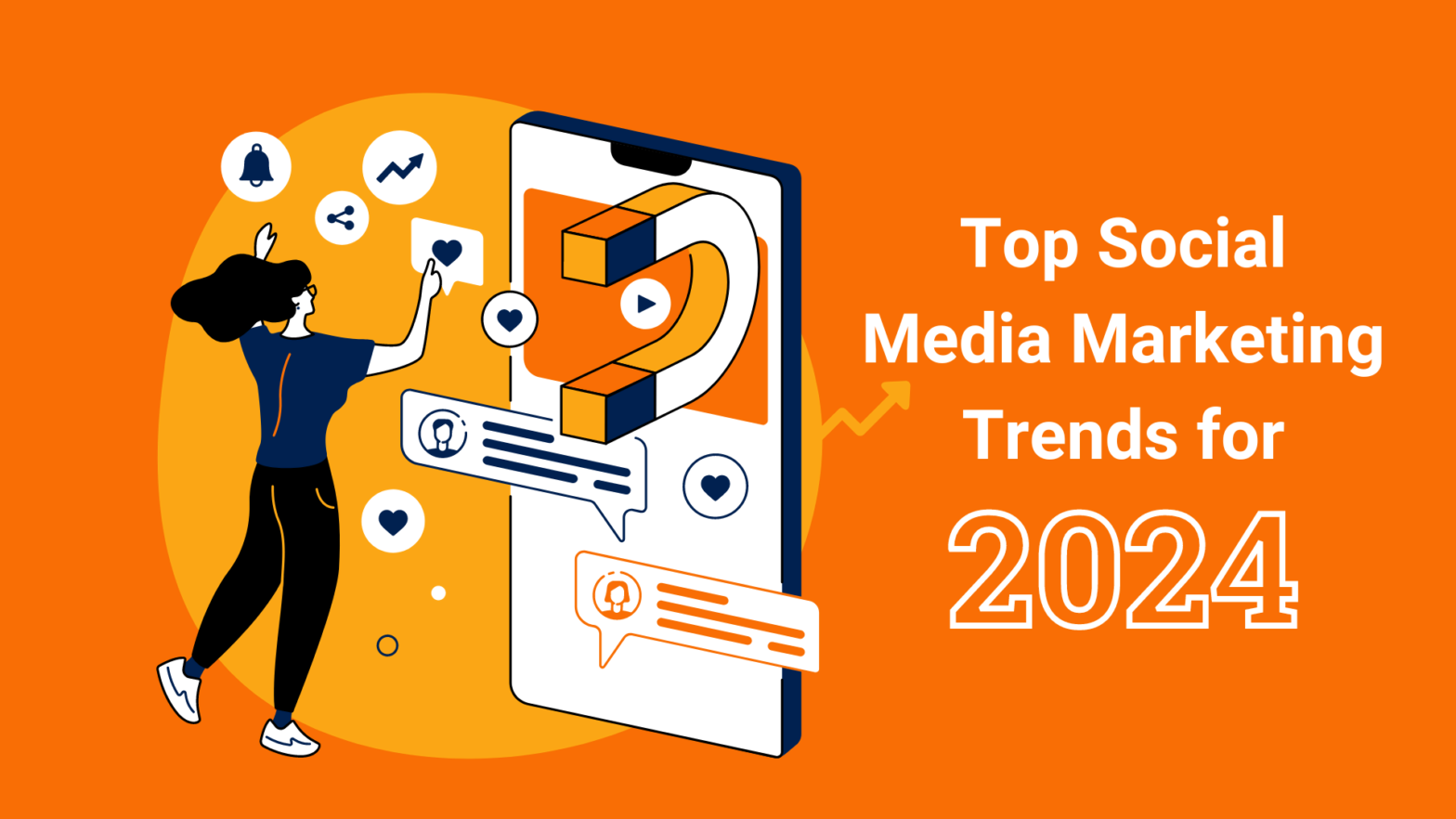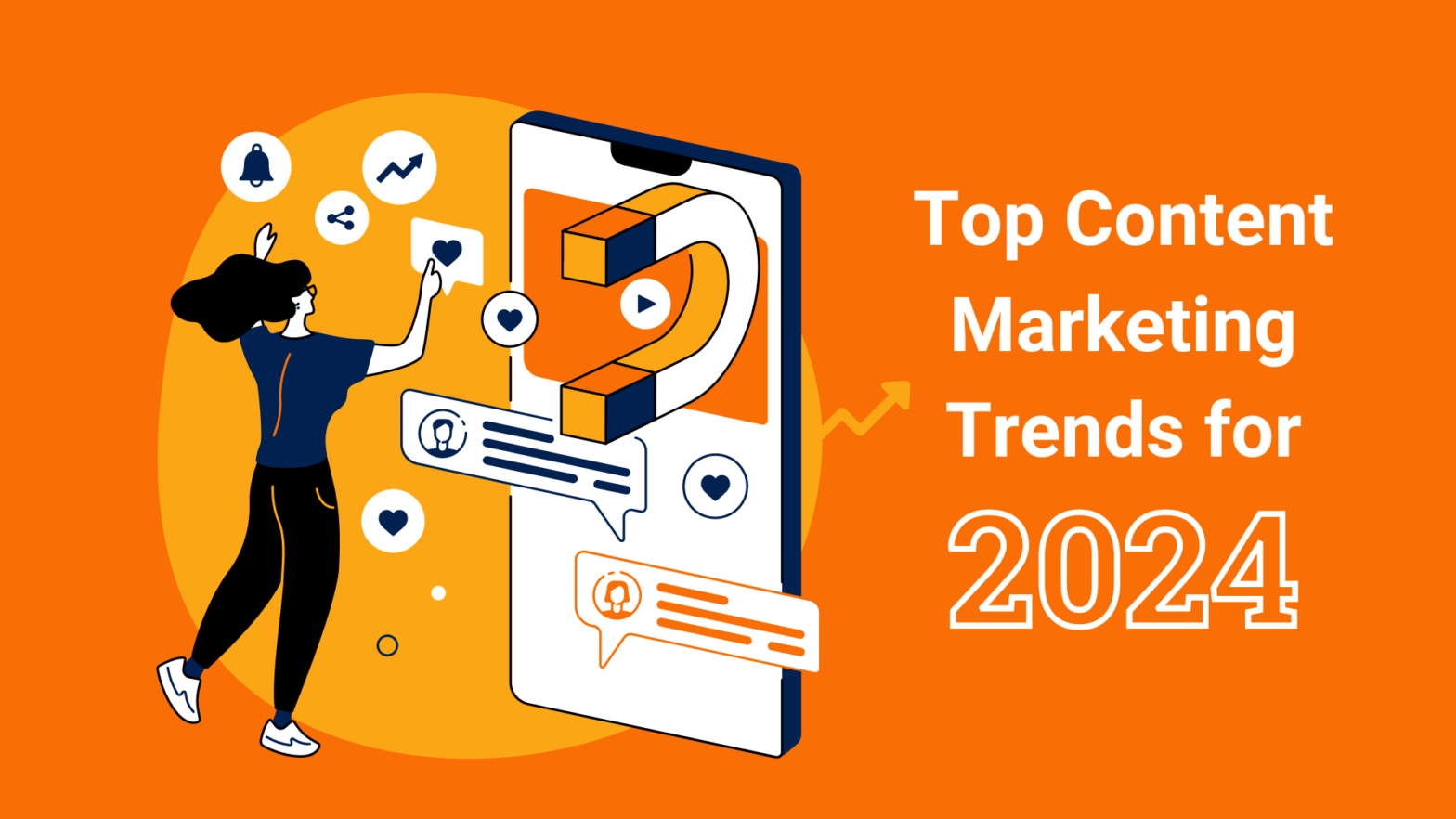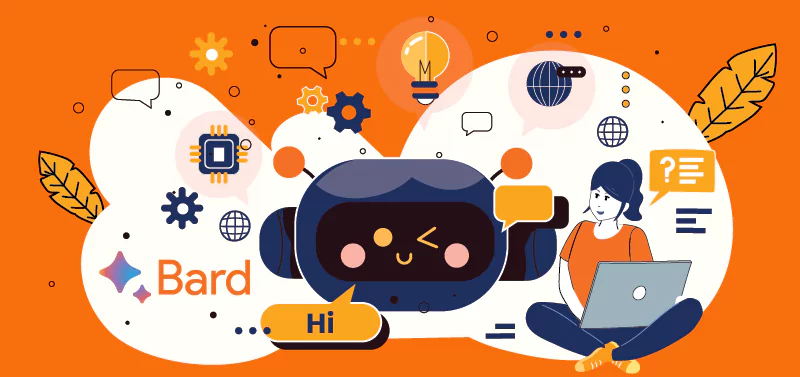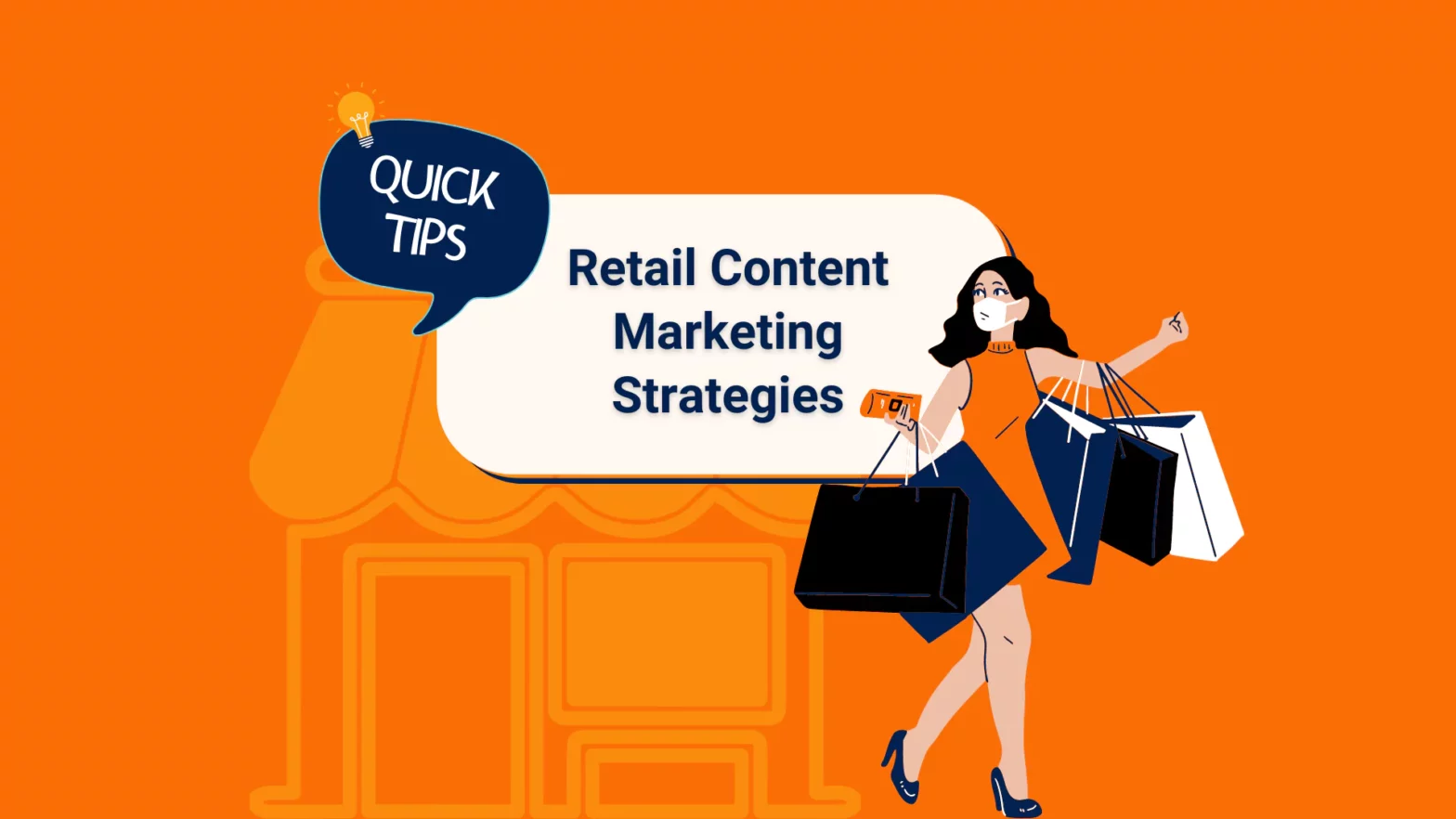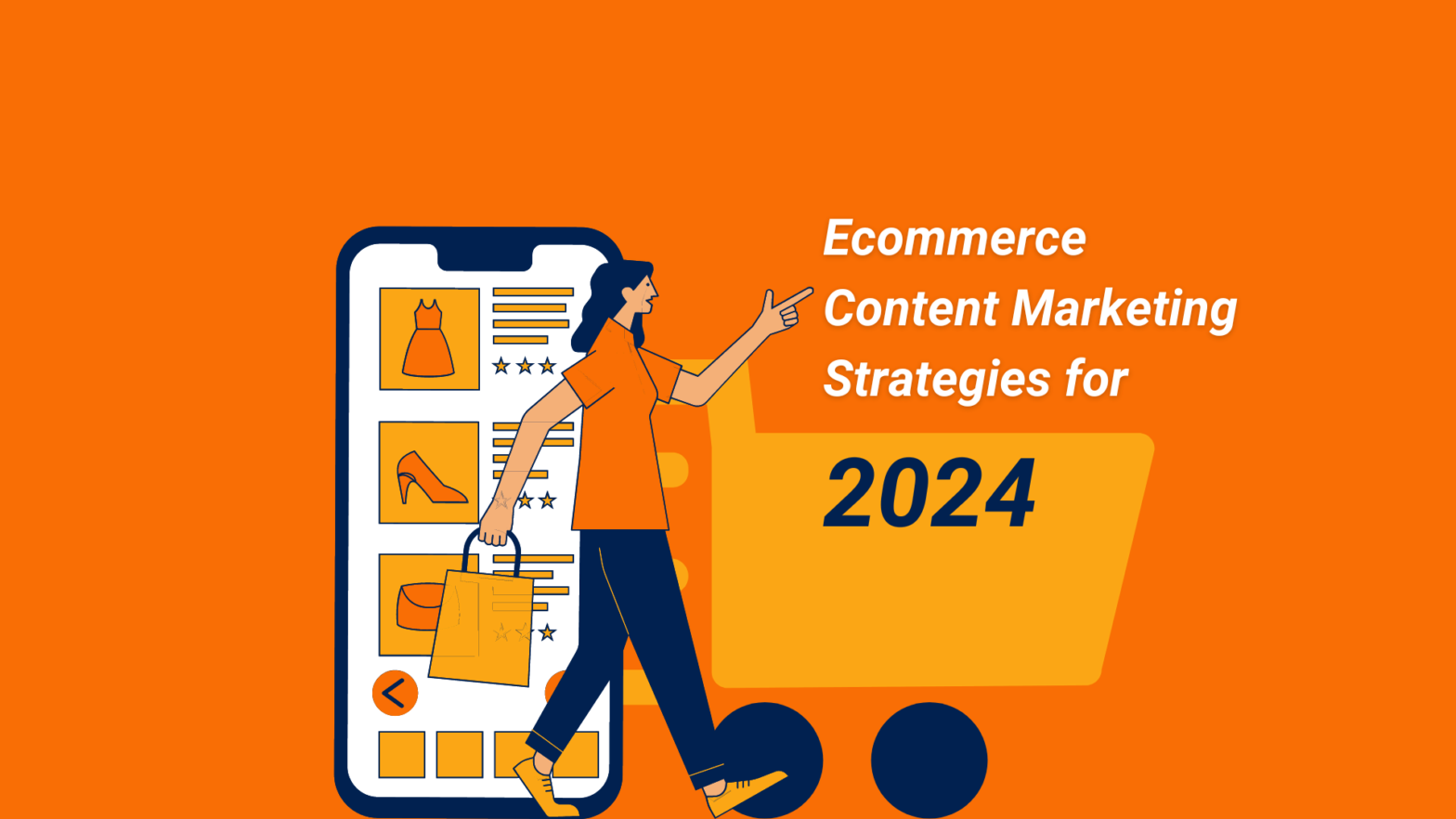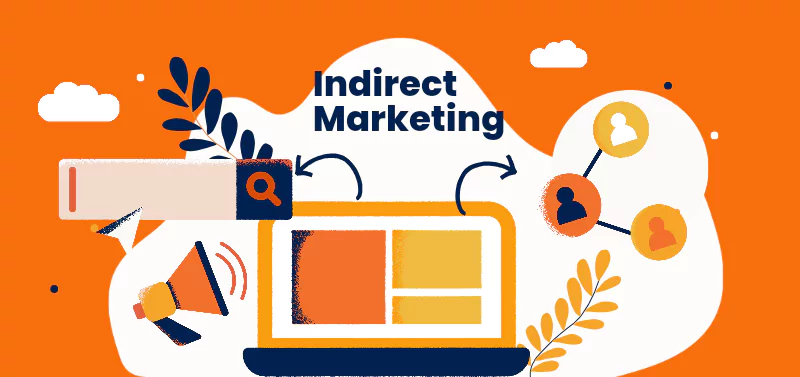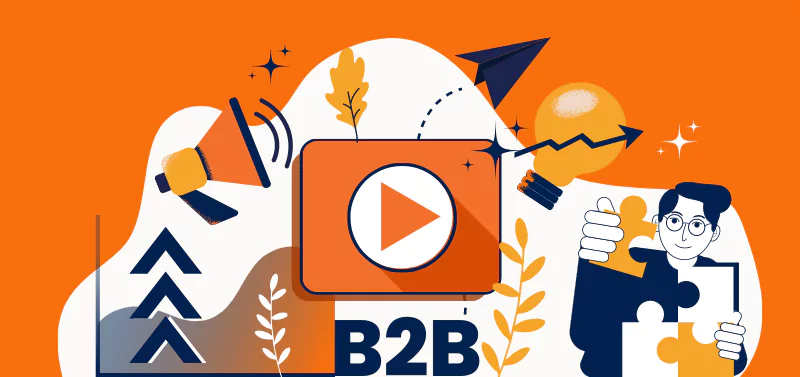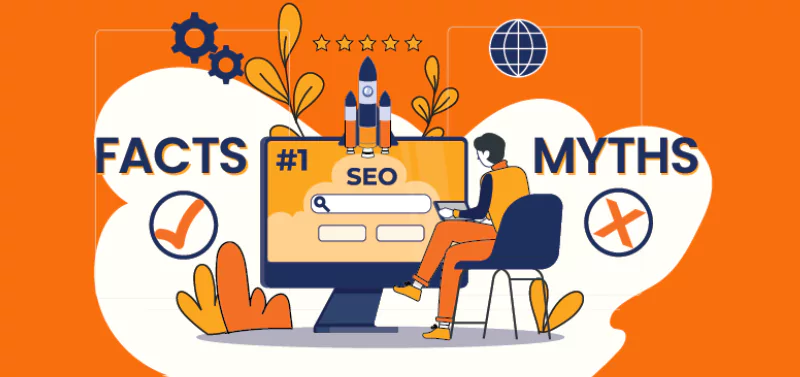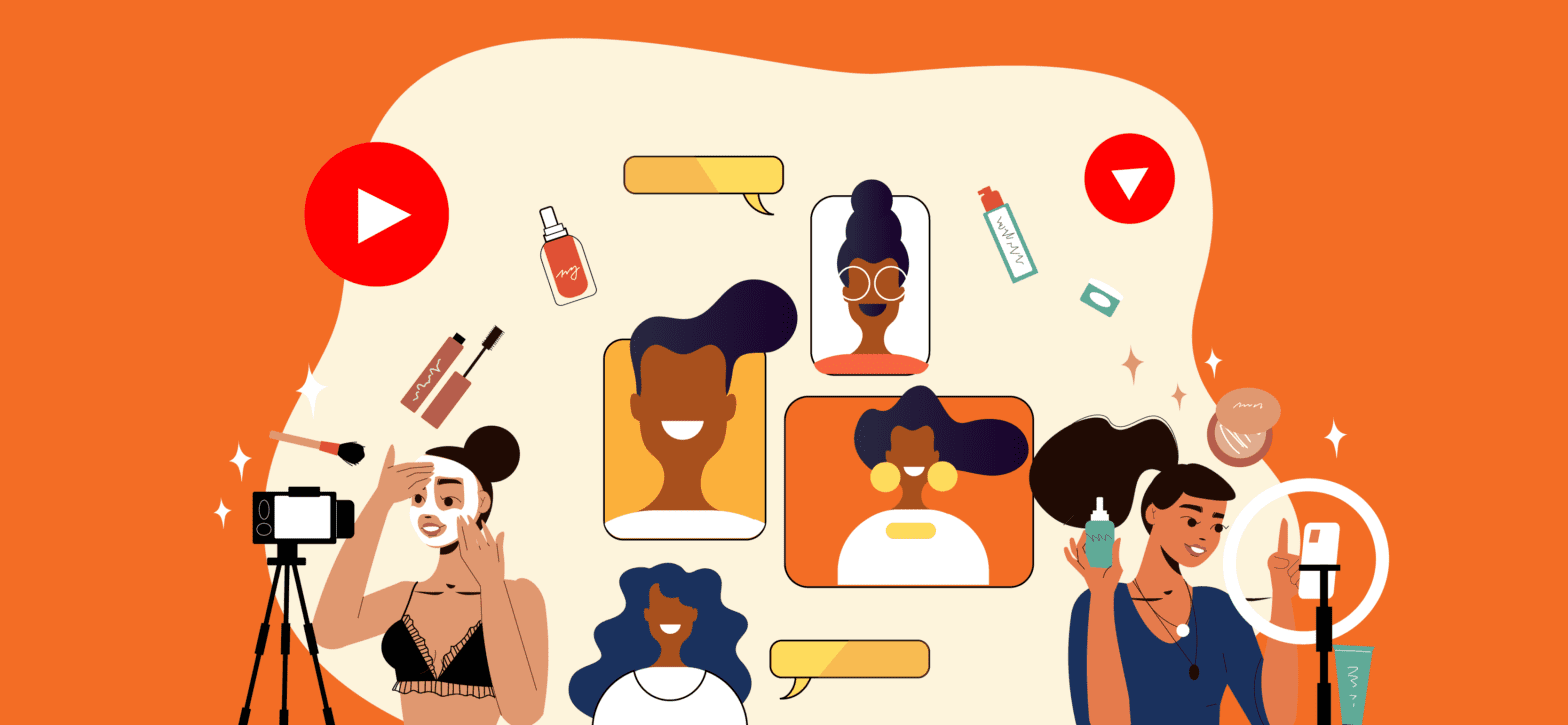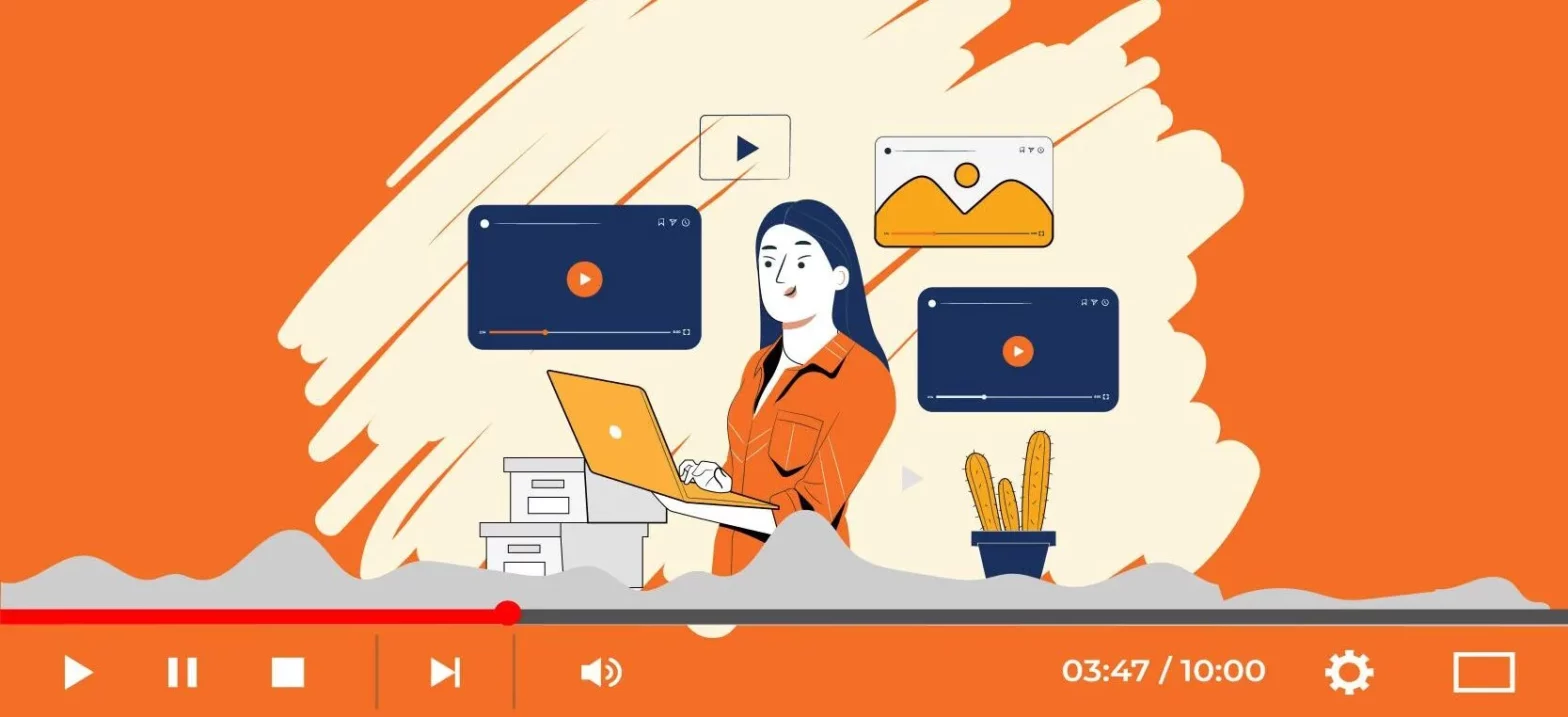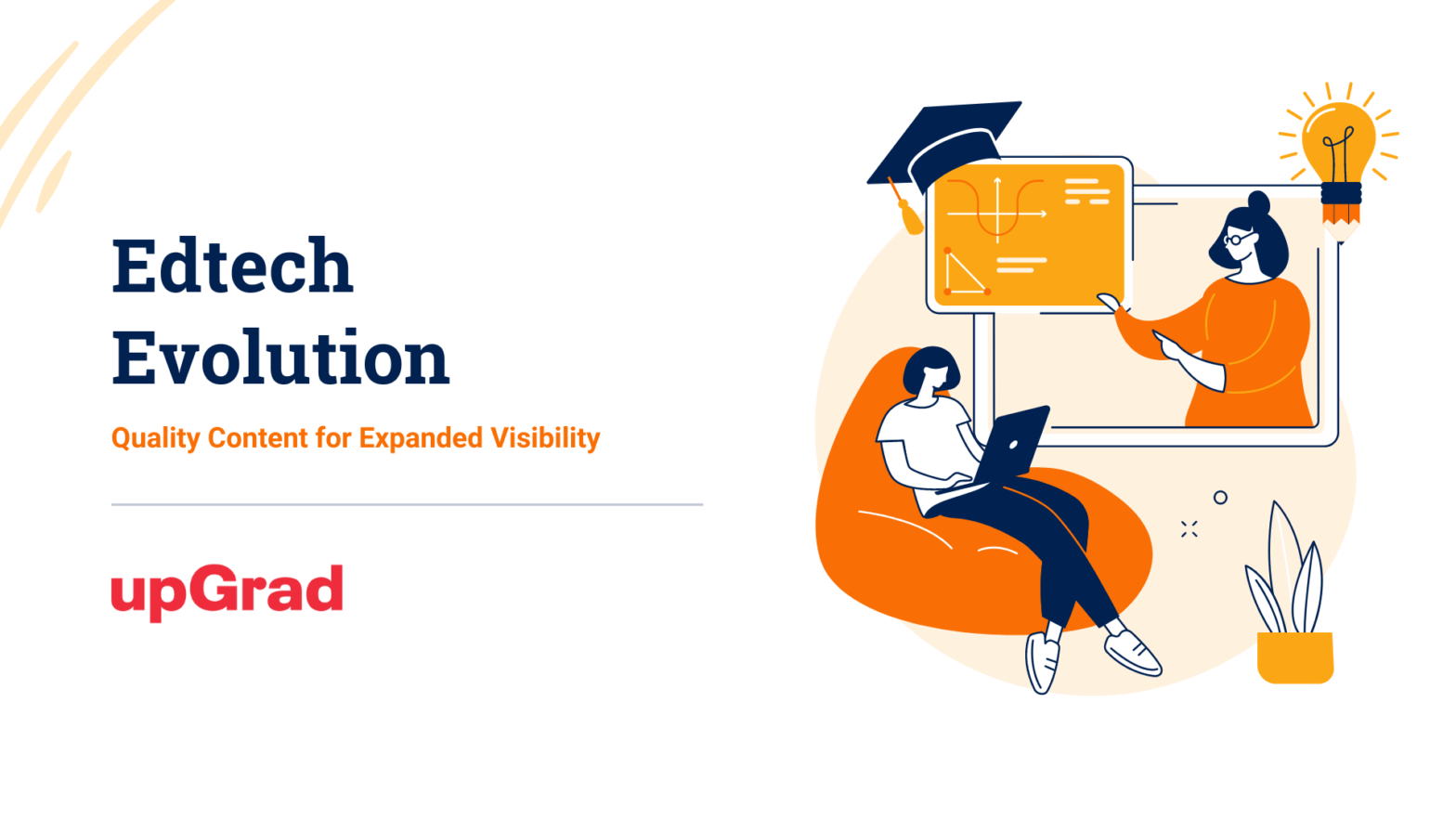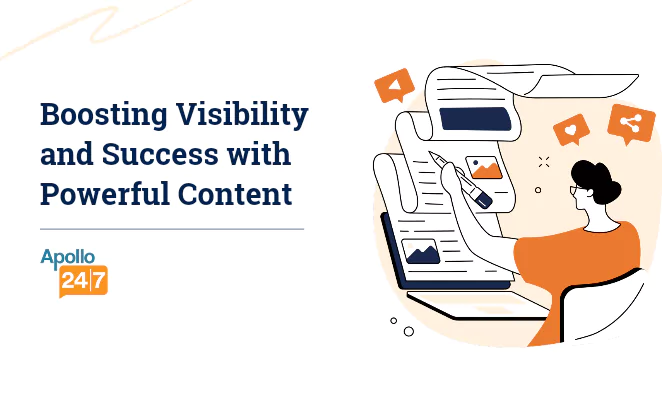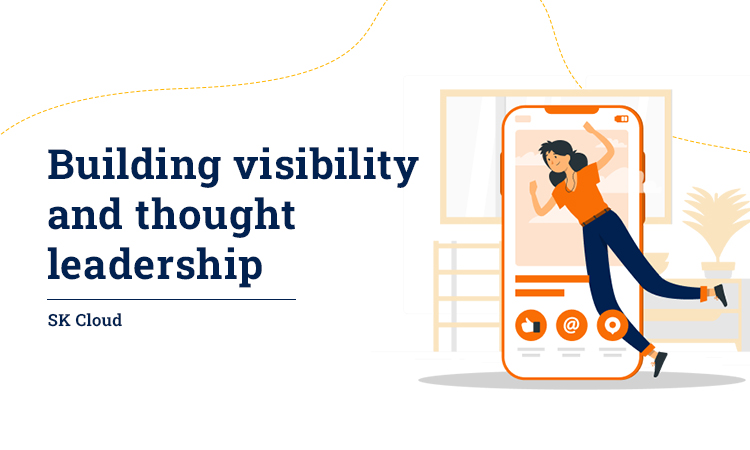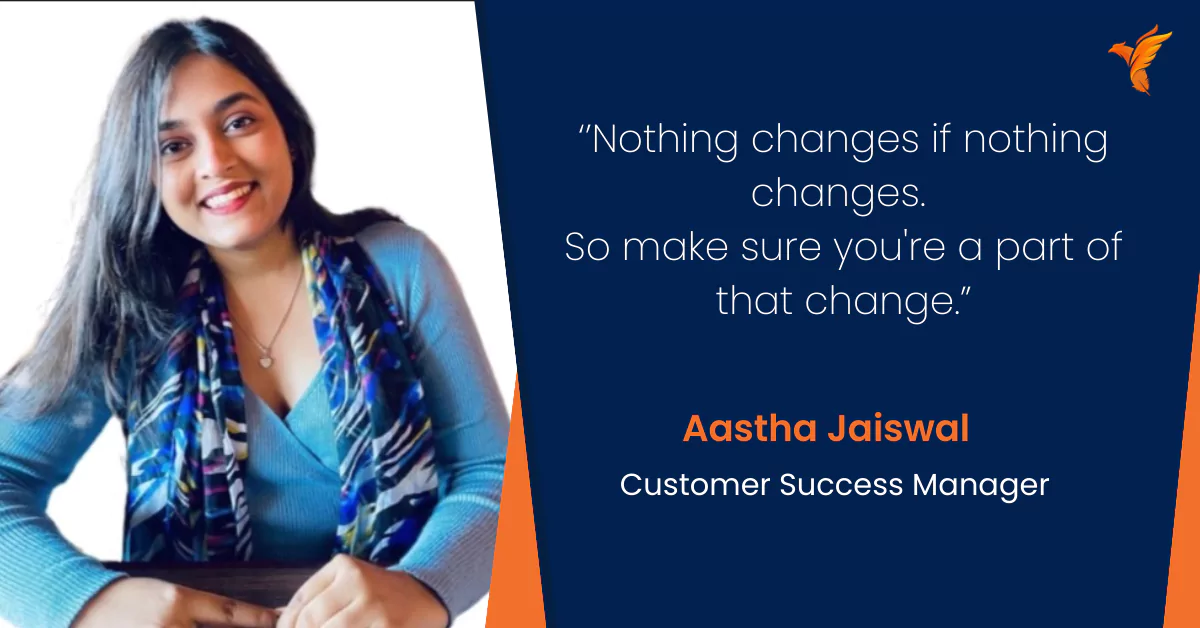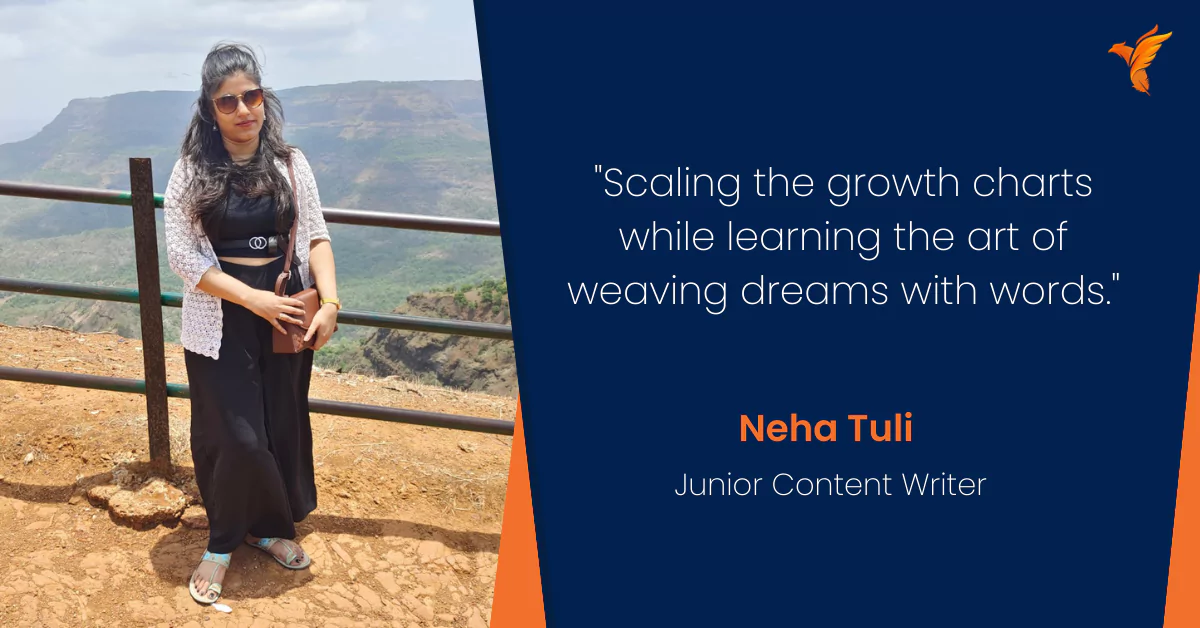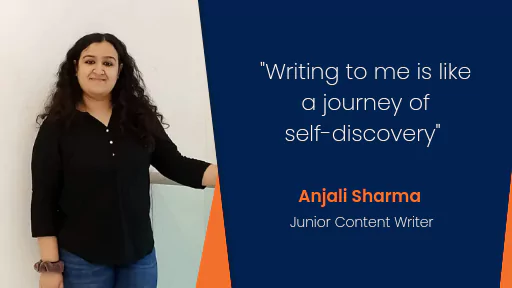Exploring the Future Trends in Edtech Content Marketing
Author: Team WH
Published On: 18-01-24
Estimated reading time: 8 minutes
Wondering what content strategies will drive success for EdTech companies (educational technology comp.) in the years ahead? We’ll share an idea of the future trends in the EdTech content marketing landscape in this blog. Content marketing is crucial for the EdTech industry as it helps establish connections with customers during research, showcase thought leadership, promote products, and build brand awareness.
We will explore some of the key trends shaping the future of content marketing for EdTech industry. By understanding these trends, EdTech content marketing can be focused on creating more effective strategies to achieve their business goals. Let us dive in!
Future Trends in EdTech Content Marketing
Let’s look at the future trends in EdTech content marketing, which can drive sales for EdTech businesses.
1. Mobile Content Becoming Primary
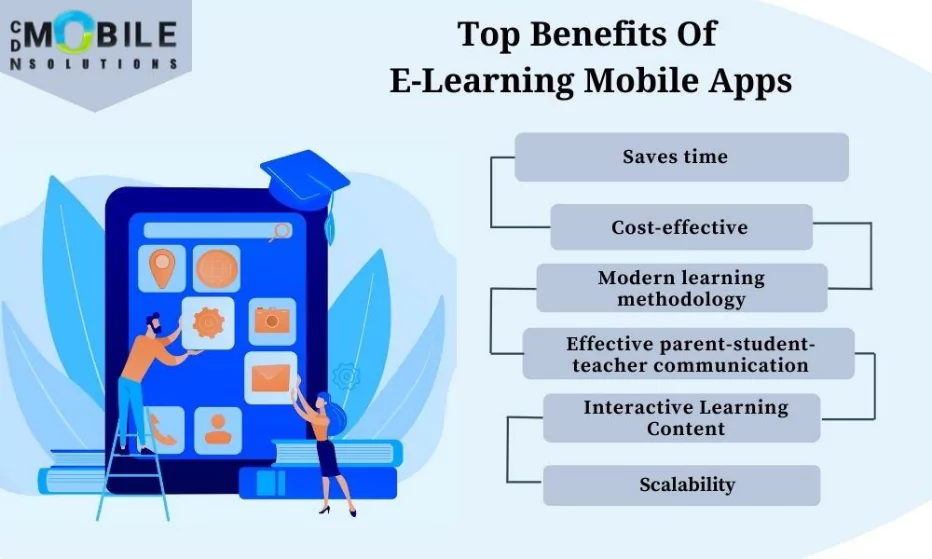
Mobile content consumption has grown rapidly in recent years, especially among student demographics. This makes optimising content for mobile devices crucial for EdTech content marketers.
Why is Mobile Content Becoming Popular?
- This is primarily due to 42% of students having a smartphone by the age of 10. They use it for not only for entertainment but education as well.
- Mobile content always leads to higher engagement and conversion rates. It is due to the on-the-go access that mobile content has! It allows for faster loading and responsive and user-friendly design.
Tips to Create Great Mobile Content
- Design for smaller screens: Use larger font sizes, shorter paragraphs, and more white space.
- Use more visuals and videos: Graphics, images, illustrations and videos better capture attention on mobile. Short 2–3-minute videos can communicate key messages.
- Write shorter, scannable content: Break up text with subheaders. Use bullet points and lists for skimmability.
- Test content on mobile devices: Preview content across different devices and OS. Check loading speeds and layouts separately in Androids and iOS.
The mobile-first EdTech content marketing strategy engages users on the devices they increasingly rely on.
2. Interactive and Gamified Content
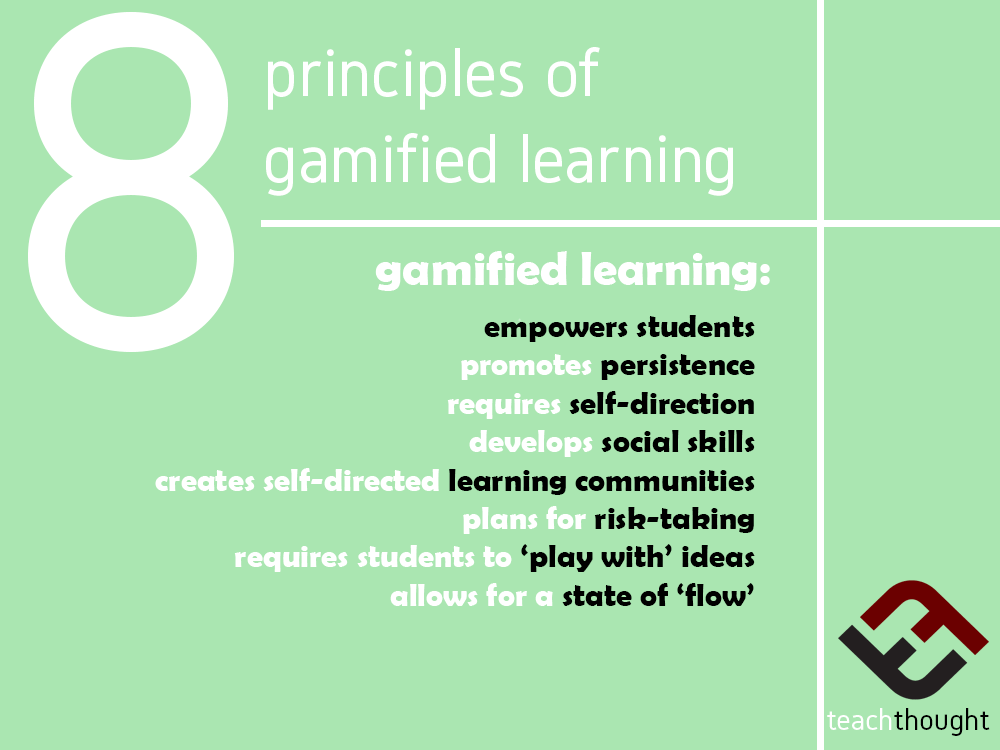
Leveraging interactive elements and gamification techniques allows the EdTech industry to increase engagement and recall.
The Science Behind Interactive Content
- Psychological impact: Points, levels, challenges, rewards, and leaderboards trigger the release of dopamine, which makes the brain more receptive.
- Increased engagement and motivation: When content feels more experiential through interactive and game elements, it drives higher involvement and memory encoding. As the levels are cleared, students feel motivated to learn more by conquering levels.
Types of Interactive Content
- Quizzes and assessments: These test knowledge and provide instant feedback.
- Interactive videos and stimulations: Choose-your-own-adventure style videos with branching storylines and scenarios are on the rise. Immersive real-world simulations let learners practice hands-on skills in a digital setting. Kids are learning numbers and finding Math easier with interactive video content.
According to research, 74% of teachers support digital and game-based learning to enhance their teachings.
- Augmented/virtual reality: Immersive AR/VR experiences take interactivity further by transporting users to digital environments.
Best Practices for Gamified Content
- Balance: It is crucial to find a balance between education and fun. Do not let interactivity overshadow key lessons.
- Track results and optimise: Analyse key performance data to refine interactive content. Keep what is working and rework what is not.
Adding interactive touches takes creativity and work but pays off through memorable learning experiences.
3. Growing Video Content
Video is rapidly becoming a key part of content marketing strategies for EdTech companies. This isdue to improved technology, different choices for viewing content, and unique benefits.
Why Video Content Works
- Improved production: Accessible tools like Premier Pro, Filmora, and Canva have democratised video creation.
- Increased video consumption: People have started to get an increased appetite for video content, be it Reels or YouTube Shorts. Viewers increasingly prefer short video content for learning and entertainment. Videos better hold attention and are easily consumed on mobile in spare moments.
- Benefits of learning: Visuals, motion, sound, and conversational tone make video content more engaging and impactful for audiences.
Types of Video Content That Work
- Short social videos: Bite-sized clips under a minute work well on social media and convey focused messages.
- Explainer and tutorial videos: These teach audiences effectively through step-by-step instructions and visual demonstrations.
- Live video and webinars: Real-time interactions make audiences feel more connected.
Optimising Video Content for EdTech Companies
- Enhanced visuals: Using graphics, animations, and text overlay to reinforce messages visually is imperative to reach the kids’ minds.
- Promote videos effectively: Leverage platforms like YouTube targeted ads and social posting.
4. Personalisation and Customisation
Audiences nowadays expect much more tailored content suitable to their needs and interests. EdTech content marketing, too, cannot be fixed with a one-size-fits-all approach.
Why is Tailored Content Needed?
Generic content may raise awareness, but personalised content is more likely to convert and engage each learner. Also, when the content is customised to student’s learning styles, backgrounds, and goals, it becomes more relevant to them. It would help them achieve their goals and increase involvement and motivation.
Nowadays, EdTech platforms like Unacademy, Vedantu, and Byjus allow the customisation of content based on viewer data and algorithms.
Personalisation Tactics
- Dynamic content: Content should be dynamic based on individual needs. One EdTech content marketing example would be a tech skills course webpage that changes based on the visitor’s specific roles and goals.
- Integration with CRM data: Content experiences can be tailored using CRM data like past engagement, content views, and career level.
- Customisation options: Letting users choose topics, difficulty, content types, and pacing gives them authority.
The future of personalised content is hyper-personalisation, which will predict the needs and show content at the right moment. AI (artificial intelligence) will increasingly create and customise content without human involvement.
5. Focusing on Thought Leadership Content
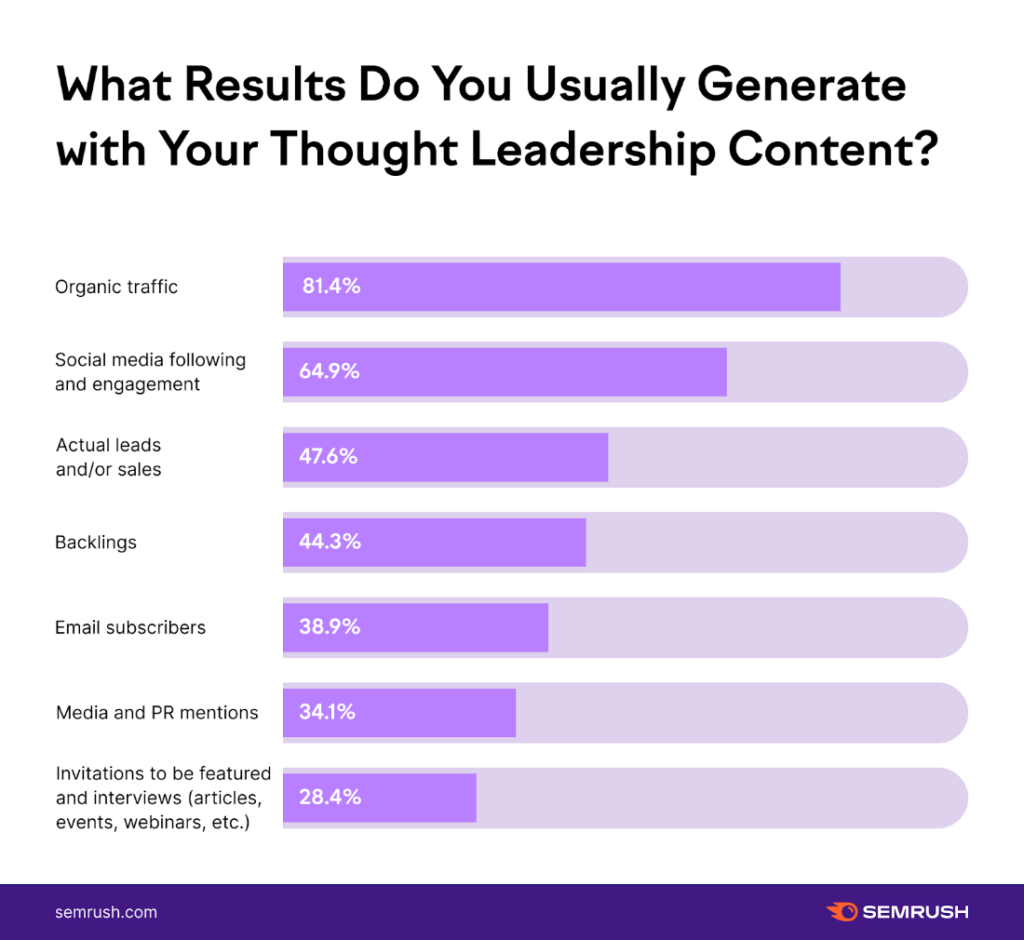
Thought leadership content that provides unique insights and expertise can help EdTech companies build authority and trust.
Power of Thought Leadership
- Builds trust and credibility: When EdTech leaders share their knowledge, it demonstrates their competence and know-how. This makes audiences more likely to rely on them.
- Positions you as industry experts: Having internal subject matter experts regularly create content elevates them as trusted voices in their field.
- Provides value to attract customers: Quality insights and education attract potential customers already in research mode. For example, an eBook on optimal hybrid teaching models provides helpful advice.
Types of Thought Leadership Content
- Articles: Contributed articles in education publications build visibility and credibility for leaders.
- Research reports and eBooks: Data-driven and in-depth research reports demonstrate market insight. eBooks share comprehensive how-to advice.
- Podcasts and webinars: Audio and video discussions allow more personal connections between experts and audiences.
- Infographics and presentations: Visual treatments make data easier to digest, while presentations share key takeaways.
Best Practices for Creating Thought Leadership Content
- Align with brand: Your content should match the brand voice you project. The thought leadership content should highlight the core messages of the EdTech sector.
- Promote internal thought leaders: Identify employees with knowledge worth sharing and give them visibility.
- Repurpose content across formats: Take a presentation and create video clips, articles, and infographics.
- Collaborate with influencers: Partner with recognised voices people trust to co-create content and expand reach.
6. Automated Content Creation
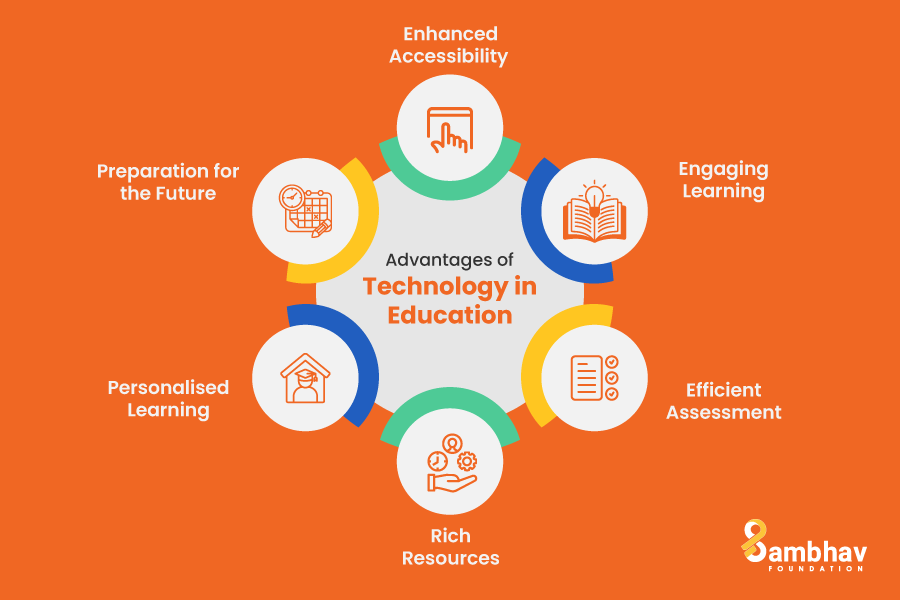
AI and machine learning are enabling the automation of high-quality content creation. Let us look at the benefits and implications that the Edtech sector needs to know:
Benefits of Automated Content
- Faster content creation: Automation can produce varied, personalised content faster than manual methods.
- Saves time and resources: Repetitive content creation tasks like summaries, templates and conversational FAQs can be automated to reduce workload. Chatbots are making many of these tasks easier. Also, their 24×7 availability is a plus point.
Risks to Consider
- Potential compromise of quality: Automated content may lack creativity, accuracy, brand voice or expertise compared to hand-crafted content.
- Lack of human touch: Conversation bots may frustrate users if responses feel canned rather than authentic and empathetic. AI fails to understand human pain points and emotions and fails to relate to them.
- Ethical implications: Data collection, biased algorithms, and AI morality pose complex challenges still being navigated.
Final Thoughts
The EdTech content marketing landscape is being shaped by various emerging trends that impact how we create and distribute content. As mobile usage grows, video engagement rises, and new technologies emerge, EdTech content marketers need to move with the flow.
While trends open up new opportunities, the core principles remain unchanged. Content must focus on providing value to learners by educating, informing and inspiring them. As students’ needs evolve, so must content marketing strategy for EdTech companies while always keeping the audience at the centre.
With a thoughtful blend of trend adoption and continued human creativity, the future of the EdTech industry looks bright.
Frequently Asked Questions
1. What is EdTech marketing?
EdTech marketing refers to the strategies and tactics education technology companies use to promote their products, services, and brands. It involves understanding student and educator audiences to create messaging and content that resonates with them.
2. What is a content strategy for an EdTech company?
A content strategy for an EdTech company would be:
- To create and distribute valuable, relevant content for target learners.
- To include determining topics, formats, and distribution channels for marketing.
- To attract and engage customers, promote products, share expertise, and build brand awareness and loyalty.
- A strategic content plan that aligns with overall EdTech marketing objectives.
3. How do you create content for EdTech marketing?
To create effective content for EdTech marketing, you need to understand your target audiences. Try developing buyer personas and map out the probable customer journey to identify the content needs. The next step is to craft engaging, useful content in formats matching audience preferences.
4. How effective is interactive learning?
Interactive learning is highly effective because it actively engages students in the material. Instead of passively consuming content, interactive elements like assessments, simulations, games, and discussions allow hands-on application and practice. This drives higher retention as students learn by actively participating.
5. What is educational content marketing?
Educational content marketing refers to creating and promoting valuable, relevant content. The content informs or educates target audiences while promoting the broader brand, its products or services.



